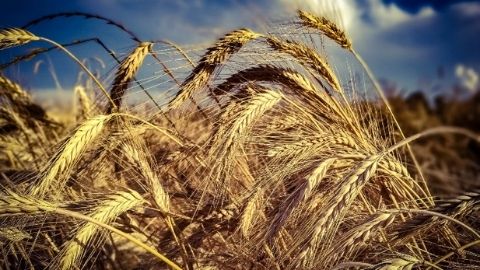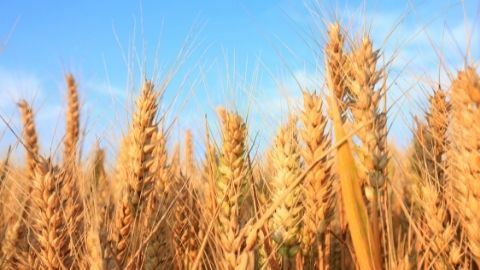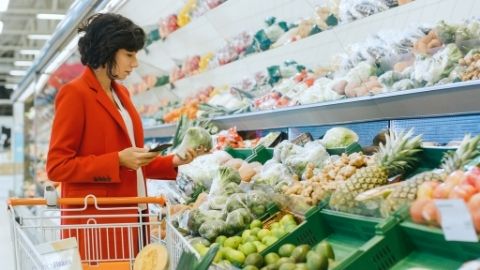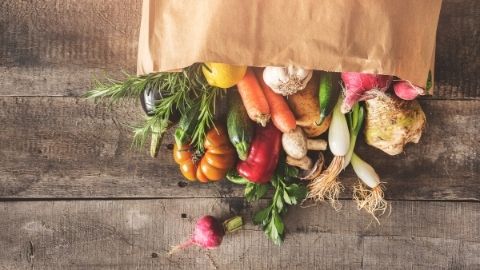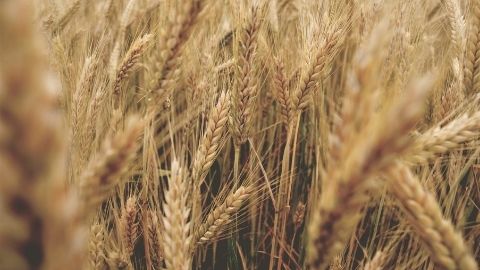Livestock Risk Protection Insurance FAQ

What is Livestock Risk Protection insurance?
Livestock Risk Protection (LRP) insurance is a partially subsidized livestock insurance provided by the Risk Management Agency (RMA) of the United States Department of Agriculture (USDA) that protects producers against unexpected price declines. LRP insurance allows producers to lock in a guaranteed minimum price for their livestock, providing a level of financial certainty in an unpredictable market (RMA, 2022).
How does LRP work?
When using LRP, producers initially choose an insurance policy's termination date that aligns closely with the anticipated marketing date for their livestock. Additionally, they select the desired coverage level of the expected ending value, effectively determining the coverage price for their policy. In the event that the price falls below the insured coverage price on the policy's termination date, the producer would receive an indemnity payment to compensate for the shortfall. The prices for various insurable commodities are based on indexes of national prices (not local prices), and thus, some level of basis risk is expected when using this product to establish a price floor.
How can producers apply for LRP coverage?
Producers can apply for LRP coverage by working with an approved livestock insurance agent. Producers begin by filling out an application that establishes eligibility. After application approval, producers submit a specific coverage endorsement (SCE) with their insurance agent when they intend to purchase a contract and lock in a price. The SCE includes information on the weight range, coverage length, and coverage level selected by the producer, as well as the expected market price and premium rate for the coverage period. Find licensed livestock insurance agents using the USDA Agent Locator tool (https://public-rma.fpac.usda.gov/apps/AgentLocator/#!/#%2F).
What options do producers select?
Commodity
The following commodities are insurable:
- Feeder cattle, including steers, heifers, predominantly Brahman cattle, predominantly dairy cattle, unborn steers and heifers, unborn Brahman, and unborn dairy.
- Fed cattle.
- Swine, including unborn swine.
Coverage length
The coverage length is the duration of the insurance period, ranging from 13 to 52 weeks, depending on the commodity insured. Producers can choose the coverage length that best meets their needs and matches the length of time they plan to hold their livestock.
Coverage level
The coverage level is the percentage of the expected ending value (i.e., price) to be insured. If the actual ending price falls below this level of the expected price, then an indemnity is paid to the producer. Coverage levels routinely range from 70% to 100% of the expected ending value. Producers can choose the coverage level that best meets their needs and risk tolerance.
Example scenaria
If a producer selects a coverage level of 90%, and the expected market price for their livestock is $150 per hundredweight (cwt), then if the ending price falls below $135 cwt (90% of $1.50), the insurance will pay out an indemnity equal to the coverage price minus the actual ending value and producer premium for all insured livestock.
What contract options are available to purchase now?
Contract options, including premium rates, coverage length, coverage levels, and expected ending values, are posted online daily on the RMA Livestock Reports website (https://public.rma.usda.gov/livestockreports/LRPReport.aspx).
What are the advantages of LRP insurance for livestock?
There are several advantages to purchasing LRP insurance, including the following.
- Protection against price declines: LRP insurance provides a guaranteed minimum price, subject to basis risk, protecting producers from unexpected price declines.
- Flexibility: LRP insurance allows producers to customize coverage levels and weight ranges to meet their specific needs, and insurance can be purchased for as little as one animal.
- Reduced financial risk: LRP insurance reduces the financial risk associated with market fluctuations, providing producers with greater financial stability.
- No brokers needed: Unlike futures and options contracts, LRP does not require a margin account or broker.
- Cost: The cost is typically less than other risk management strategies (Feuz, 2009).
What is the subsidization rate of LRP insurance?
The federal government subsidizes LRP premiums, which lowers the otu-of pocket cost producers pay for an insurance contract. The subsidy rate currently ranges from 35% to 55% (Table 1). The subsidy amount varies inversely with the coverage level selected—higher coverage levels will receive a lower subsidy, and lower coverage levels receive higher subsidies (Parsons, 2021)
|
Table 1. LRP Insurance Subsidy Rates |
|
|
Coverage level |
Subsidy rate |
|
95%–100% |
35% |
|
90%–95% |
40% |
|
85%–90% |
45% |
|
80%–85% |
50% |
|
70%–80% |
55% |
What are the optimal coverage options?
Many producers are unsure about which contracts they should choose to best protect against price declines. One strategy to identify suitable contract options is looking at the historical performance of similar contracts. “Optimal” contracts could be defined as those that have historically provided the highest probability of a positive net return (returning an indemnity to a producer) and the highest average net return (Haviland & Feuz, 2022).
The online Livestock Risk Protection (LRP) Support Tool (https://farmanalysis.usu.edu/lrp/) is available to help producers visualize which contracts are optimal based on their marketing month and specific commodity type.
Additional detailed fact sheets are available for each specific commodity and highlight these historically optimal contracts for each marketing month. They can be found on the USU Extension Applied Economics Risk Management website and the following links
- Livestock Risk Protection Insurance: Feeder Cattle (https://digitalcommons.usu.edu/extension_curall/2393)
- Livestock Risk Protection Insurance: Fed Cattle (https://digitalcommons.usu.edu/extension_curall/2392)
- Livestock Risk Protection Insurance: Swine (https://digitalcommons.usu.edu/extension_curall/2391)
Sources
- Feuz, D. M. (2009). A comparison of the effectiveness of using futures, options, LRP Insurance, or AGR-Lite insurance to
manage risk for cow-calf producers. NCCC-134 Conference on Applied Commodity Price Analysis, Forecasting, and Risk Management Proceedings, St. Louis, MO, United States. - Haviland, L. B., & Feuz, R. (2022). Livestock risk protection: Selecting optimal coverage contracts for producers. In Western Economics Forum (Vol. 20, No. 2, pp. 63-74).
- Parsons, J. (2021). LRP- feeder cattle insurance usage up with recent changes [Fact sheet]. University of Nebraska, Lincoln. https://agecon.unl.edu/cornhusker-economics/2021/lrp-feeder-cattle-insurance-usage-recent-changes
- Risk Management Agency (RMA). (2022). Livestock risk protection feeder cattle.. United States Department of Agriculture. https://www.rma.usda.gov/-/media/RMA/Fact-Sheets/National-Fact-Sheets/LRP-Feeder-Cattle.ashx?la=en
February 2024
Utah State University Extension
Peer-Reviewed Fact Sheet
Authors
Logan Haviland and Ryan Feuz
Related Research




